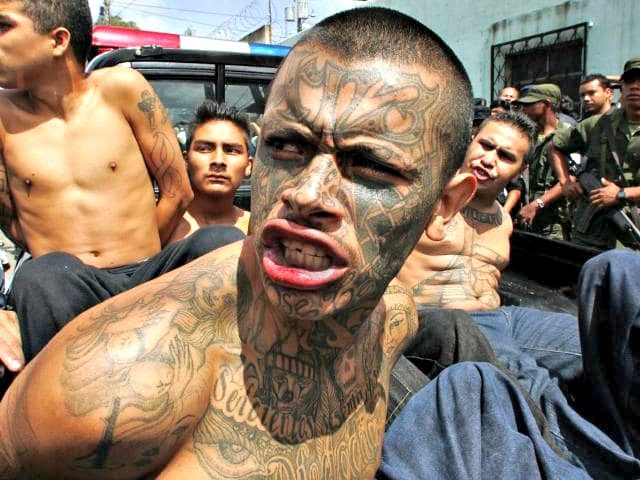The New York Times unmasked a group of freedom fighters in Honduras who dared to take on the much-feared MS-13 gang. The U.S. publication printed their names, published photographs of their faces, families, and homes — allegedly without permission — thus putting a target on the members of the self-defense group.
In outrage, an author in Honduras called out the New York Times in a column for the local publication Contra Corriente for exposing the community to the wrath of the brutal gang. Rather than simply tell their story, the foreign journalists from Times turned the freedom fighters into easy targets by outing their identities and printing photographs of the group and their loved ones as well as marking the location of their homes.
On May 4, the New York Times published a story by Azam Ahmed with photographs by Tyler Hicks headlined Inside Gang Territory in Honduras : Either They Kill Us or We Kill Them about a community in a rough neighborhood of San Pedro Sula called Rivera Hernandez. Locals claim the publication of their personal information “will speed up the death they had been waiting for”, wrote Juan Jose Martinez D Aubuisson, a local author who has written various books on MS-13.
“The report goes over the history of a group of young men who decided to fight MS13 to keep it from entering their neighborhood and the destruction that (MS13) brings,” Martinez wrote. “As it was expected, they lost. Some were kidnapped and some ran away. The people from the neighborhood, including men and women, have taken up the fight against the great gang.”
The article by the Times tells the tale of the losing side in great detail providing vital information of the self-defense group including their names, photographs, locations of their homes, the vehicle that one of them uses, and even the photographs of the two daughters of one individual. “If they were a nuisance for the MS13 gang, now they are a special target,” Martinez wrote.
One of the women featured in the story told the Honduran publication that she never gave them consent to print their name or take their photographs. “I didn’t even know when he took them (photographs. That man has put a price on my head,” she said.
The writer from Contra Corriente wrote to Azam Ahmed asking telling him that he was looking into why faces and names were used for the story and the response from the writer was “HAHAHAHA” followed by another email days later where Ahmed claimed to not know how that email sent itself. The Times communications team told Martinez that everyone in the story had given consent and the news outlet followed all journalistic standards. The photographs that showed certain faces have since been removed, but days after the story was wildly shared in Honduras.
According to the column, the lack of journalism ethics displayed by New York Times is systemic in nature for big-name networks who use parachute journalists and hire local fixers to give them the most shocking sensational story without much care about the danger that local sources are placed in.
Ildefonso Ortiz is an award-winning journalist with Breitbart Border / Cartel Chronicles. He co-founded the Cartel Chronicles project with Brandon Darby and senior Breitbart management. You can follow him on Twitter and on Facebook. He can be contacted at Iortiz@breitbart.com.
Brandon Darby is the managing director and editor-in-chief of Breitbart Border / Cartel Chronicles. He co-founded the Cartel Chronicles project with Ildefonso Ortiz and senior Breitbart management. Follow him on Twitter and Facebook. He can be contacted at bdarby@breitbart.com.

COMMENTS
Please let us know if you're having issues with commenting.